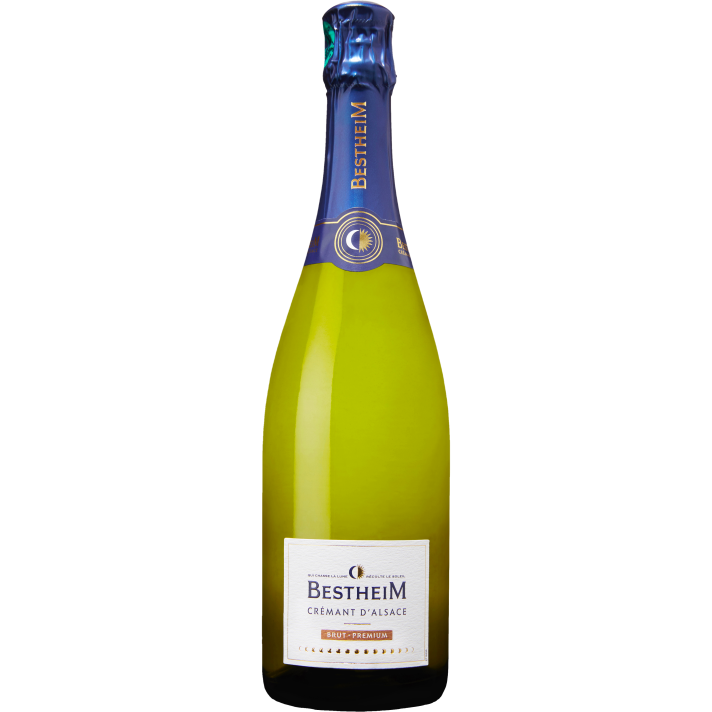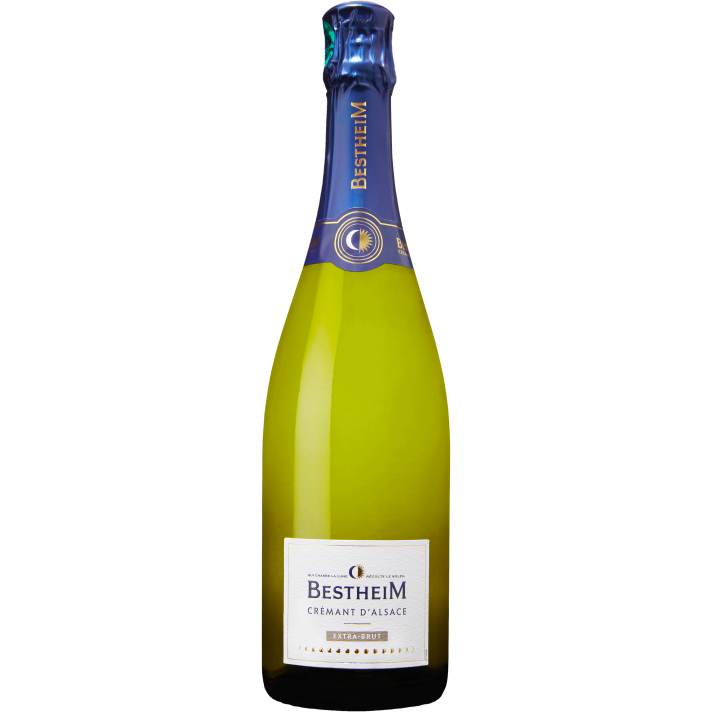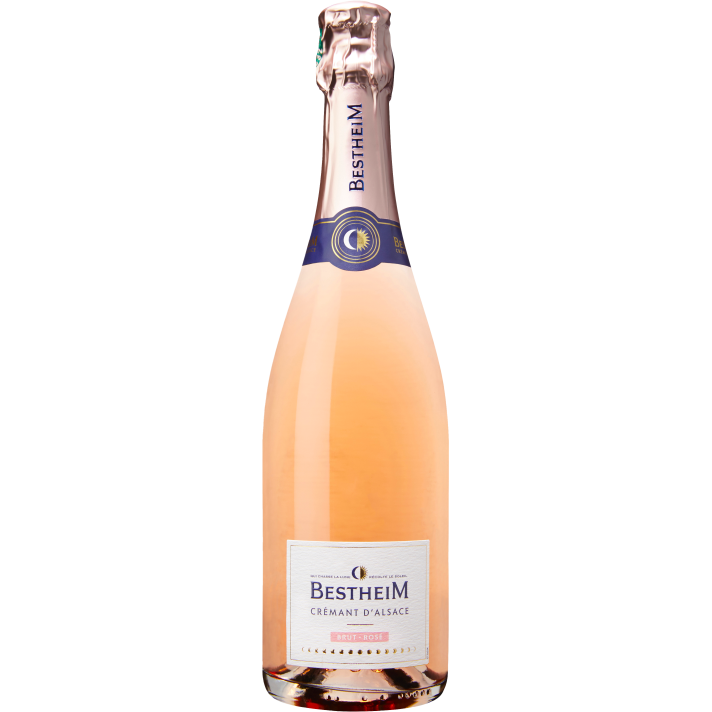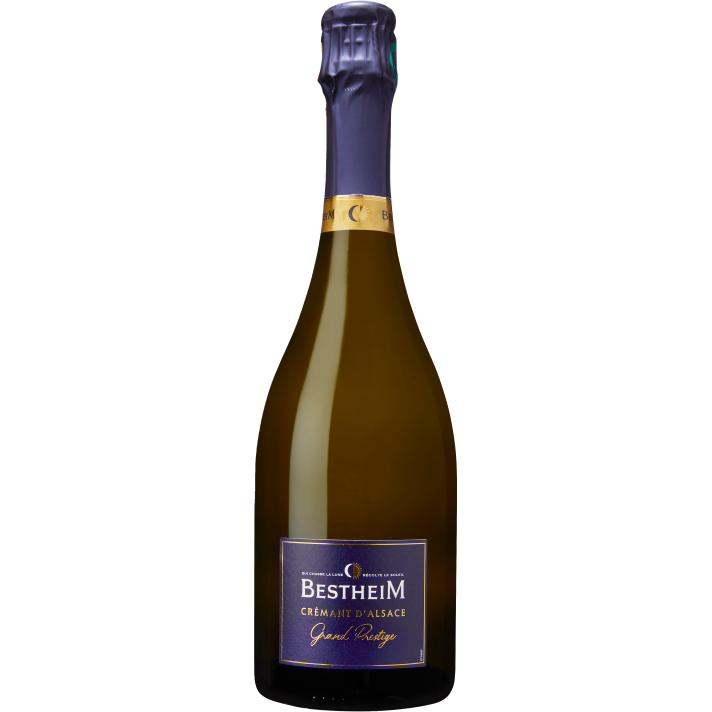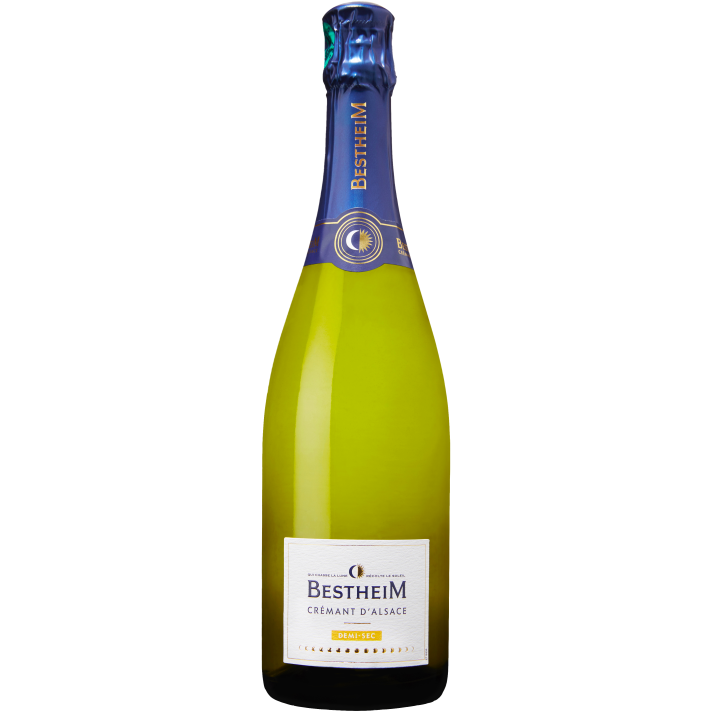
What is the grape variety of Crémant d'Alsace ?
Crémant d'Alsace is made from carefully selected grape varieties. Pinot Blanc, Riesling, Chardonnay, or Pinot Noir: discover which grapes are used to make these sparkling wines that are emblematic of the region.
What grape varieties are used to make Crémant d'Alsace?
Crémant d'Alsace is a highly regulated appellation. Numerous conditions must be met in order to produce this sparkling wine according to the rules. Under the Crémant d'Alsace Contrôlée appellation, only a few grape varieties are permitted.
Crémant d'Alsace and white grape varieties
Most Crémants d'Alsace are made from grapes used to produce white wine. Crémant d'Alsace can be single-varietal, meaning it is made from a single grape variety. It can also be made from a harmonious blend of several varieties, each contributing to the subtle balance of the cuvée.
The different white grape varieties that can be used to make this sparkling wine are as follows:
- Pinot Blanc is the main grape variety used in white Crémants d'Alsace. It gives them freshness and delicacy. You will find this grape variety in our Crémant Grand Prestige. This gourmet cuvée is made from 100% Pinot Blanc.
- Riesling produces Crémants with lively, fruity notes, full of elegance and nobility.
- Pinot Gris brings richness and structure.
- Chardonnay distills fine, light notes. Our Crémant Extra-Brut is made from 100% Chardonnay grapes.
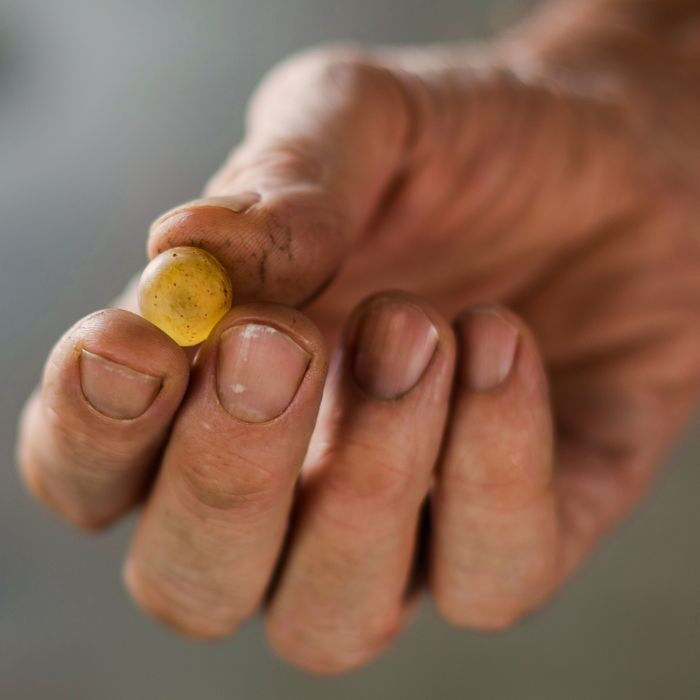

Which grape variety is used to make Crémant rosé?
In the Alsace vineyards, Pinot Noir is the only grape variety used to produce Crémants d'Alsace rosés. It is also used to make Blancs de Noirs (the skin of Pinot Noir grapes is dark but the pulp is white), which are full of charm and finesse.
A little history
The beginnings of Crémant production date back several decades. Crémants have been produced in Alsace since the end of the 19th century, during the German annexation. At that time, a few Champagne houses set up in the region and produced the famous sparkling wine. Over the years, production developed and more and more winegrowers began to produce this sparkling wine. Recognized for its quality, it needed a name to differentiate it from Champagnes and other sparkling wines. That's when the word "Crémant" was born. This term was formerly reserved for certain Champagne vintages. On July 4, 1975, a law reserved the use of the word Crémant for sparkling wines with a controlled designation of origin. The first to benefit were the Crémants of the Loire and Burgundy. It was not until August 24, 1976, that a decree officially recognized the Crémant d'Alsace AOC.
The production of Crémant d'Alsace is based on rigorous expertise and a careful selection of grape varieties. Pinot Blanc for its freshness, Chardonnay for its finesse, Riesling for its liveliness, Pinot Gris for its structure... and, of course, Pinot Noir for the rosé cuvées. Each grape variety brings its own distinctive touch, allowing each Crémant d'Alsace to reveal its unique personality. All you have to do is choose the one that will make your tasting moments sparkle.






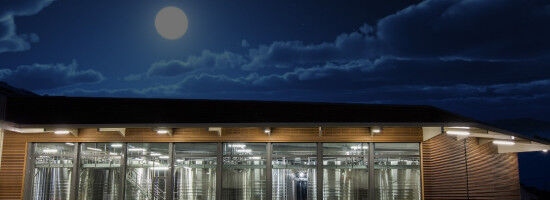

 English
English
